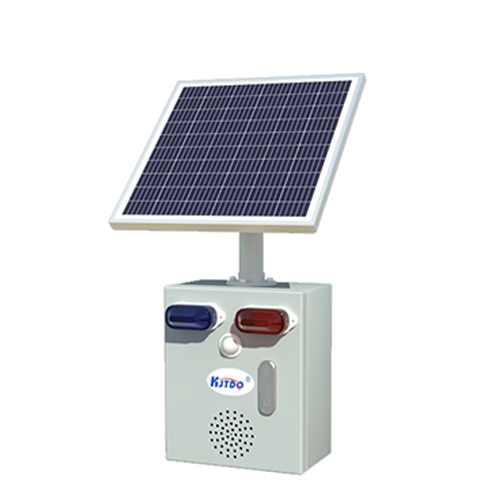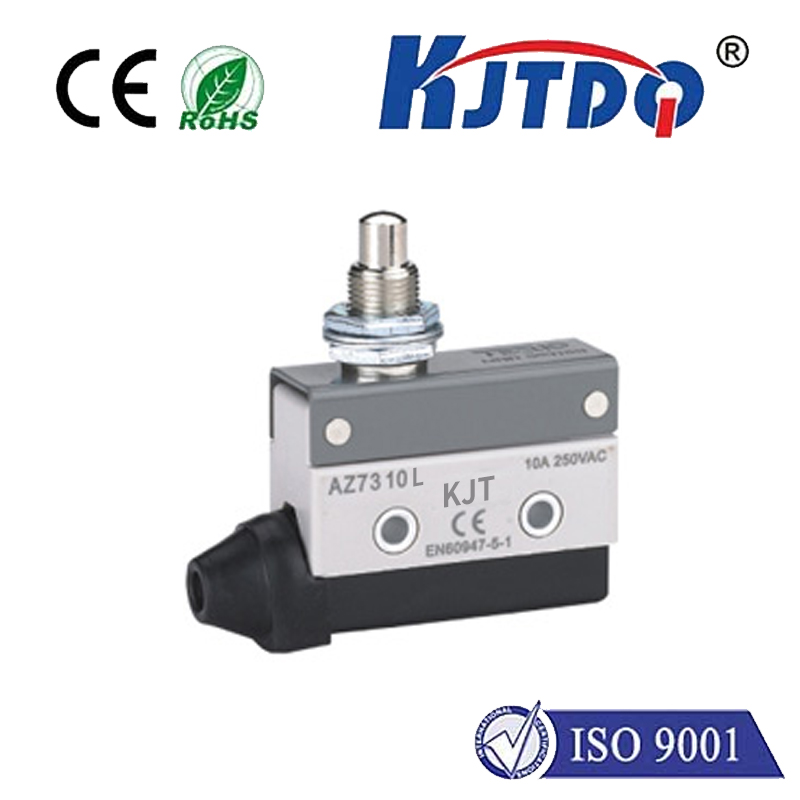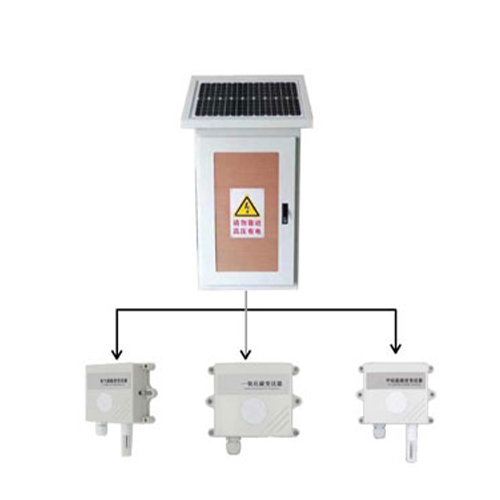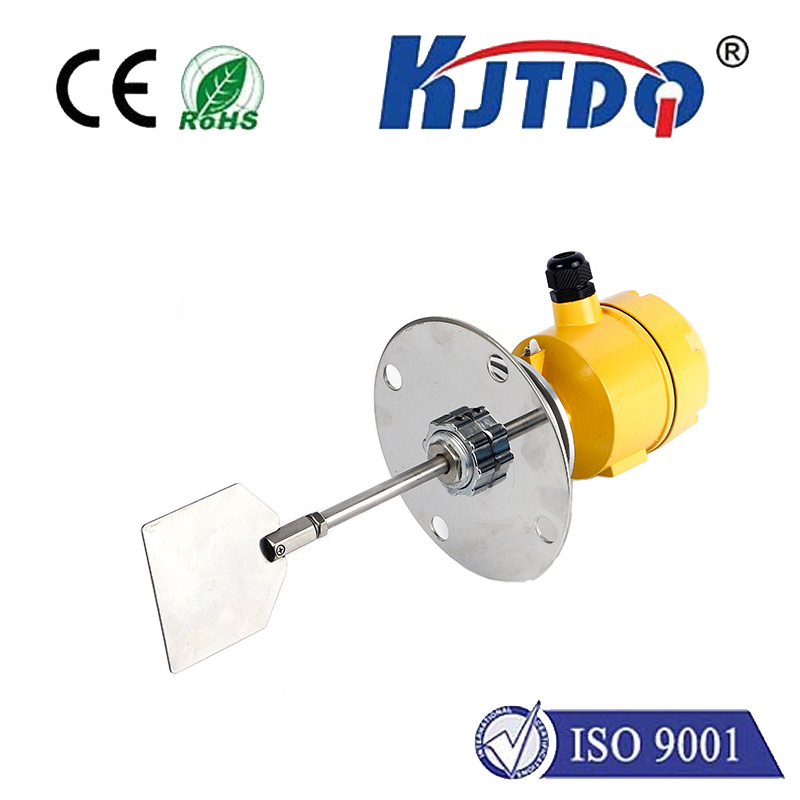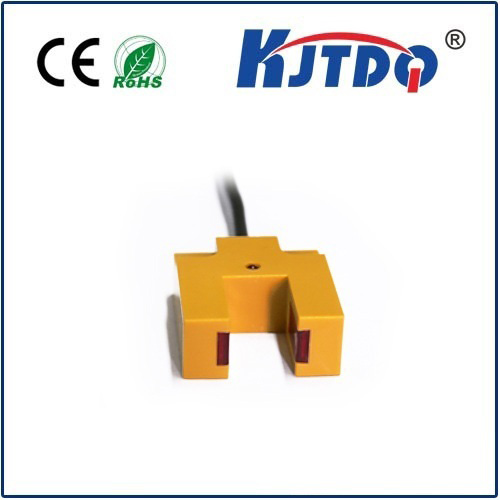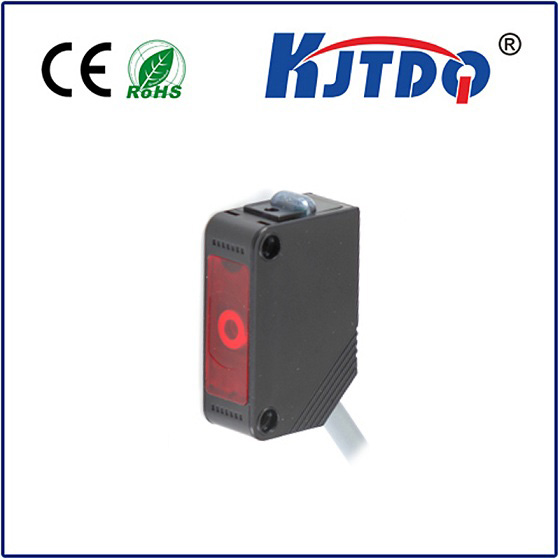

check

check

check

check

check

check

check

check

check

check
Title: The Essential Function of a Limit Switch Button
Introduction:
A limit switch button is an essential component in various industrial and mechanical systems. It serves as a critical tool for detecting the position or presence of objects, ensuring safety, and maintaining efficient operations. In this article, we will delve into the function of a limit switch button, its applications, and why it is so vital in today's technological landscape.
The Fundamental Purpose of a Limit Switch Button:

At its core, a limit switch button is designed to signal when machinery has reached a predefined limit or boundary. This can be related to the end of a conveyor system, the maximum height of a lift, or the opening and closing mechanisms of doors and gates. When activated, these switches send electrical signals that control further action, such as halting movement or triggering another process.
Applications Across Industries:
Limit switch buttons are ubiquitous across industries due to their versatility. In manufacturing, they ensure precise positioning of machinery components, contributing to quality control and minimizing product defects. In robotics, they provide feedback on the location and orientation of robotic arms, enabling complex tasks to be performed accurately. Within construction sites, limit switches safeguard against equipment overtravel, preventing potential damage to structures or injury to workers.
Importance in Safety Measures:
Beyond operational efficiency, the significance of limit switches extends to safety measures. They act as emergency brakes, stopping machinery before it reaches hazardous positions. For example, elevators rely on limit switches to prevent over-travelling beyond floor levels, thereby protecting passengers from harm. Similarly, automated door systems use limit switches to prevent entrapment or impact injuries by controlling when the doors stop moving.
Role in Maintenance and Diagnosis:
Limit switches also play a crucial role in maintenance and troubleshooting. If a machine fails to operate correctly, the status of the limit switch can provide diagnostic clues about what might be wrong. Technicians often check these switches first during routine inspections because they are simple and cost-effective to replace or repair compared to other components.
Conclusion:
In summary, the limit switch button is more than just a small component; it is a cornerstone of safety, efficiency, and reliability in numerous systems. With its ability to monitor positions and initiate responses within machines and equipment, it remains an indispensable part of modern technology. Engineers and technicians alike should acknowledge the importance of these switches and ensure they are properly installed and maintained for optimal performance.



